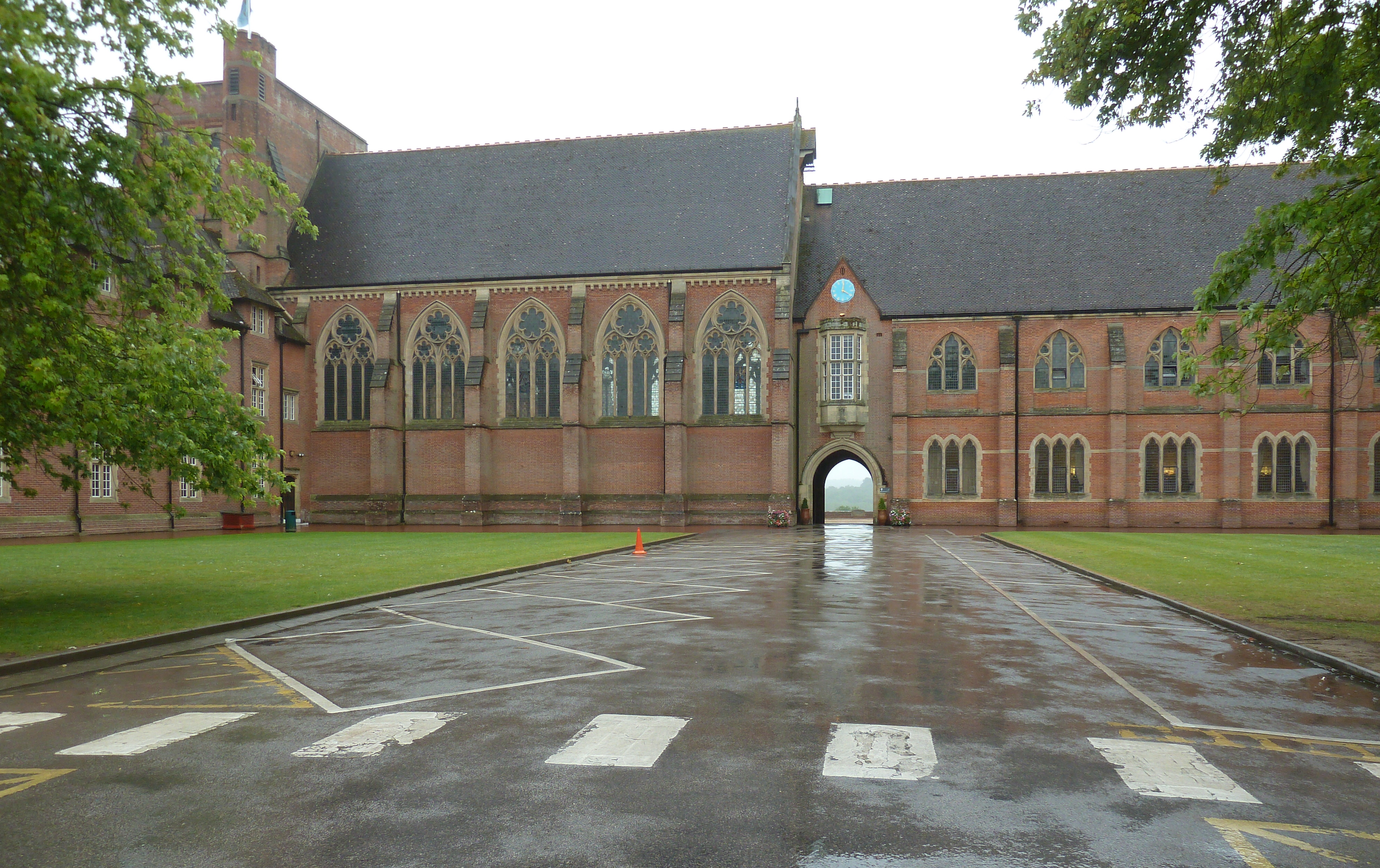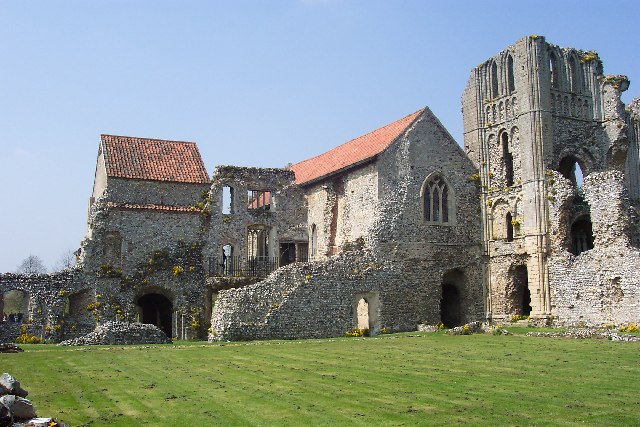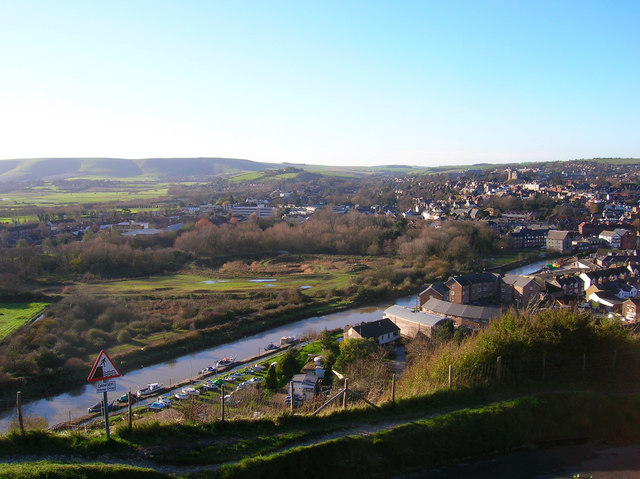|
St Peter's Church, Ardingly
St Peter's Church is the Church of England parish church of the parish of Ardingly in Mid Sussex, one of seven local government districts in the English county of West Sussex. The present building dates from the 14th century and was restored during the Victorian era, but Christian worship on the site has a much longer history. The stone-built, Decorated Gothic-style church, west of the village centre, has been designated a Grade I Listed building. History Ardingly developed as a settlement during the Saxon era, when a forest clearing (''leah'' in Old English) was created on a piece of high ground near a tributary of the River Ouse, which runs across this part of the Weald. The area cleared for settlement included a hill high, and the Normans founded a church on this site in the 11th century. (It is possible, although not confirmed, that this replaced an earlier church on the same site, which would have been founded by Saxon or pre-Saxon pig-farmers or ironworkers who tra ... [...More Info...] [...Related Items...] OR: [Wikipedia] [Google] [Baidu] |
Ardingly
Ardingly ( ) is an English village and civil parish in the Mid Sussex district of West Sussex, England. The village is in the High Weald Area of Outstanding Natural Beauty about south of London and east-north-east of the county town of Chichester. The parish covers an area of . The 2011 Census recorded a population of 1,936 an increase from 1,833 in 2001. Heritage There is mention of a place ''Ertlyngeleghe'', in 1396, which may refer to Ardingly. St Peter's parish church, towards the western end of the village, dates from the 14th century. Kew's wild botanic garden, Wakehurst (previously known as Wakehurst Place) is about north of the village. Ardingly Reservoir is about west of the village. The Big-Upon-Little rock formation is close to a footpath between Ardingly and West Hoathly. Events In June the South of England Show early in the month and the London to Brighton cycle event (usually held on Father's Day) attract visitors from a wide area. The South of England Sho ... [...More Info...] [...Related Items...] OR: [Wikipedia] [Google] [Baidu] |
Victorian Era
In the history of the United Kingdom and the British Empire, the Victorian era was the period of Queen Victoria's reign, from 20 June 1837 until her death on 22 January 1901. The era followed the Georgian period and preceded the Edwardian period, and its later half overlaps with the first part of the '' Belle Époque'' era of Continental Europe. There was a strong religious drive for higher moral standards led by the nonconformist churches, such as the Methodists and the evangelical wing of the established Church of England. Ideologically, the Victorian era witnessed resistance to the rationalism that defined the Georgian period, and an increasing turn towards romanticism and even mysticism in religion, social values, and arts. This era saw a staggering amount of technological innovations that proved key to Britain's power and prosperity. Doctors started moving away from tradition and mysticism towards a science-based approach; medicine advanced thanks to the adoption ... [...More Info...] [...Related Items...] OR: [Wikipedia] [Google] [Baidu] |
Effigy
An effigy is an often life-size sculptural representation of a specific person, or a prototypical figure. The term is mostly used for the makeshift dummies used for symbolic punishment in political protests and for the figures burned in certain traditions around New Year, Carnival and Easter. In European cultures, effigies were in the past also used for punishment in formal justice, when the perpetrator could not be apprehended, and in popular justice practices of social shaming and exclusion. Additionally, "effigy" is used for certain traditional forms of sculpture, namely tomb effigies, funeral effigies and coin effigies. There is a large overlap and exchange between the ephemeral forms of effigies. Traditional holiday effigies are often politically charged, for instance, when the generalised figures Año Viejo (the Old Year) or Burning of Judas, Judas in Latin America are substituted by the effigy of a despised politician. Traditional forms are also borrowed for political p ... [...More Info...] [...Related Items...] OR: [Wikipedia] [Google] [Baidu] |
Chancel
In church architecture, the chancel is the space around the altar, including the choir and the sanctuary (sometimes called the presbytery), at the liturgical east end of a traditional Christian church building. It may terminate in an apse. Overview The chancel is generally the area used by the clergy and choir during worship, while the congregation is in the nave. Direct access may be provided by a priest's door, usually on the south side of the church. This is one definition, sometimes called the "strict" one; in practice in churches where the eastern end contains other elements such as an ambulatory and side chapels, these are also often counted as part of the chancel, especially when discussing architecture. In smaller churches, where the altar is backed by the outside east wall and there is no distinct choir, the chancel and sanctuary may be the same area. In churches with a retroquire area behind the altar, this may only be included in the broader definition of chancel. I ... [...More Info...] [...Related Items...] OR: [Wikipedia] [Google] [Baidu] |
Nave
The nave () is the central part of a church, stretching from the (normally western) main entrance or rear wall, to the transepts, or in a church without transepts, to the chancel. When a church contains side aisles, as in a basilica-type building, the strict definition of the term "nave" is restricted to the central aisle. In a broader, more colloquial sense, the nave includes all areas available for the lay worshippers, including the side-aisles and transepts.Cram, Ralph Adams Nave The Catholic Encyclopedia. Vol. 10. New York: Robert Appleton Company, 1911. Accessed 13 July 2018 Either way, the nave is distinct from the area reserved for the choir and clergy. Description The nave extends from the entry—which may have a separate vestibule (the narthex)—to the chancel and may be flanked by lower side-aisles separated from the nave by an arcade. If the aisles are high and of a width comparable to the central nave, the structure is sometimes said to have three naves. ... [...More Info...] [...Related Items...] OR: [Wikipedia] [Google] [Baidu] |
Lewes Priory
Lewes Priory is a part-demolished medieval Cluniac priory in Lewes, East Sussex in the United Kingdom. The ruins have been designated a Grade I listed building. History The Priory of St Pancras was the first Cluniac house in England and had one of the largest monastic churches in the country. It was set within an extensive walled and gated precinct laid out in a commanding location fronting the tidal shore-line at the head of the Ouse valley to the south of Lewes in the County of Sussex. The Priory had daughter houses, including Castle Acre Priory in Norfolk, and was endowed with churches and extensive holdings throughout England. In Lewes it had hospitiums dedicated to St James and to St Nicholas. In 1264, during the Battle of Lewes, King Henry III retreated with his forces to the Priory precinct which then came under attack from those of Simon de Montfort after his victory over Henry's army in battle. Henry was forced, in the Mise of Lewes, to accept the Council that was t ... [...More Info...] [...Related Items...] OR: [Wikipedia] [Google] [Baidu] |
Advowson
Advowson () or patronage is the right in English law of a patron (avowee) to present to the diocesan bishop (or in some cases the ordinary if not the same person) a nominee for appointment to a vacant ecclesiastical benefice or church living, a process known as ''presentation'' (''jus praesentandi'', Latin: "the right of presenting"). The word derives, via French, from the Latin ''advocare'', from ''vocare'' "to call" plus ''ad'', "to, towards", thus a "summoning". It is the right to nominate a person to be parish priest (subject to episcopal – that is, one bishop's – approval), and each such right in each parish was mainly first held by the lord of the principal manor. Many small parishes only had one manor of the same name. Origin The creation of an advowson was a secondary development arising from the process of creating parishes across England in the 11th and 12th centuries, with their associated parish churches. A major impetus to this development was the legal exac ... [...More Info...] [...Related Items...] OR: [Wikipedia] [Google] [Baidu] |
William De Warenne, 2nd Earl Of Surrey
William de Warenne, 2nd Earl of Surrey (died 11 May 1138) was the son of William de Warenne, 1st Earl of Surrey and his first wife Gundred. He was more often referred to as ''Earl Warenne'' or ''Earl of Warenne'' than as Earl of Surrey.G. E. Cokayne, ''The Complete Peerage'', Vol. XII/1 (The St. Catherine Press, London, 1953) p. 495 Life His father, the 1st Earl, was one of the Conqueror's most trusted and most rewarded barons who, at his death in 1088, was the 3rd or 4th richest magnate in England.C. Warren Hollister, 'The Taming of a Turbulent Earl: Henry I and William of Warenne', ''Historical Reflections'', Vol. 3 (1976), p. 87 In 1088 William II inherited his father's lands in England and his Norman estates including the castles of Mortemer and Bellencombre in Haute-Normandy. But William II was not as disposed to serve the king as his father was. In January 1091, William assisted Hugh de Grandmesnil (died 1094) in his defence of Courcy against the forces of Robert de Be ... [...More Info...] [...Related Items...] OR: [Wikipedia] [Google] [Baidu] |
Sussex
Sussex (), from the Old English (), is a historic county in South East England that was formerly an independent medieval Anglo-Saxon kingdom. It is bounded to the west by Hampshire, north by Surrey, northeast by Kent, south by the English Channel, and divided for many purposes into the ceremonial counties of West Sussex and East Sussex. Brighton and Hove, though part of East Sussex, was made a unitary authority in 1997, and as such, is administered independently of the rest of East Sussex. Brighton and Hove was granted city status in 2000. Until then, Chichester was Sussex's only city. The Brighton and Hove built-up area is the 15th largest conurbation in the UK and Brighton and Hove is the most populous city or town in Sussex. Crawley, Worthing and Eastbourne are major towns, each with a population over 100,000. Sussex has three main geographic sub-regions, each oriented approximately east to west. In the southwest is the fertile and densely populated coastal plain. Nort ... [...More Info...] [...Related Items...] OR: [Wikipedia] [Google] [Baidu] |
Norman Conquest Of England
The Norman Conquest (or the Conquest) was the 11th-century invasion and occupation of England by an army made up of thousands of Normans, Norman, Duchy of Brittany, Breton, County of Flanders, Flemish, and Kingdom of France, French troops, all led by the Duke of Normandy, later styled William the Conqueror. William's claim to the English throne derived from his familial relationship with the childless Anglo-Saxon king Edward the Confessor, who may have encouraged William's hopes for the throne. Edward died in January 1066 and was succeeded by his brother-in-law Harold Godwinson. The Norwegian king Harald Hardrada invaded northern England in September 1066 and was victorious at the Battle of Fulford on 20 September, but Godwinson's army defeated and killed Hardrada at the Battle of Stamford Bridge on 25 September. Three days later on 28 September, William's invasion force of thousands of men and hundreds of ships landed at Pevensey in Sussex in southern England. Harold march ... [...More Info...] [...Related Items...] OR: [Wikipedia] [Google] [Baidu] |
Weald
The Weald () is an area of South East England between the parallel chalk escarpments of the North and the South Downs. It crosses the counties of Hampshire, Surrey, Sussex and Kent. It has three separate parts: the sandstone "High Weald" in the centre; the clay "Low Weald" periphery; and the Greensand Ridge, which stretches around the north and west of the Weald and includes its highest points. The Weald once was covered with forest, and its name, Old English in origin, signifies "woodland". The term is still used today, as scattered farms and villages sometimes refer to the Weald in their names. Etymology The name "Weald" is derived from the Old English ', meaning "forest" (cognate of German ''Wald'', but unrelated to English "wood", which has a different origin). This comes from a Germanic root of the same meaning, and ultimately from Indo-European. ''Weald'' is specifically a West Saxon form; '' wold'' is the Anglian form of the word. The Middle English form of the word i ... [...More Info...] [...Related Items...] OR: [Wikipedia] [Google] [Baidu] |
River Ouse, Sussex
The Ouse ( ) is a 35 mile (56 kilometre) long river in the English county, counties of West Sussex, West and East Sussex. It rises near Lower Beeding in West Sussex, and flows eastwards and then southwards to reach the sea at Newhaven, East Sussex, Newhaven. It skirts Haywards Heath and passes through Lewes. It forms the main spine of an extensive network of smaller streams, of which the River Uck is the main tributary. As it nears the coast it passes through the Lewes and Laughton Levels, an area of flat, low-lying land that borders the river and another tributary, the Glynde Reach. It was a large tidal inlet at the time of the Domesday book in 1086, but over the following centuries, some attempts were made to reclaim some of the valley floor for agriculture, by building embankments, but the drainage was hampered by the buildup of a large shingle bar which formed across the mouth of the river by longshore drift. In 1539, a new channel for the entrance to the river was cut thro ... [...More Info...] [...Related Items...] OR: [Wikipedia] [Google] [Baidu] |






